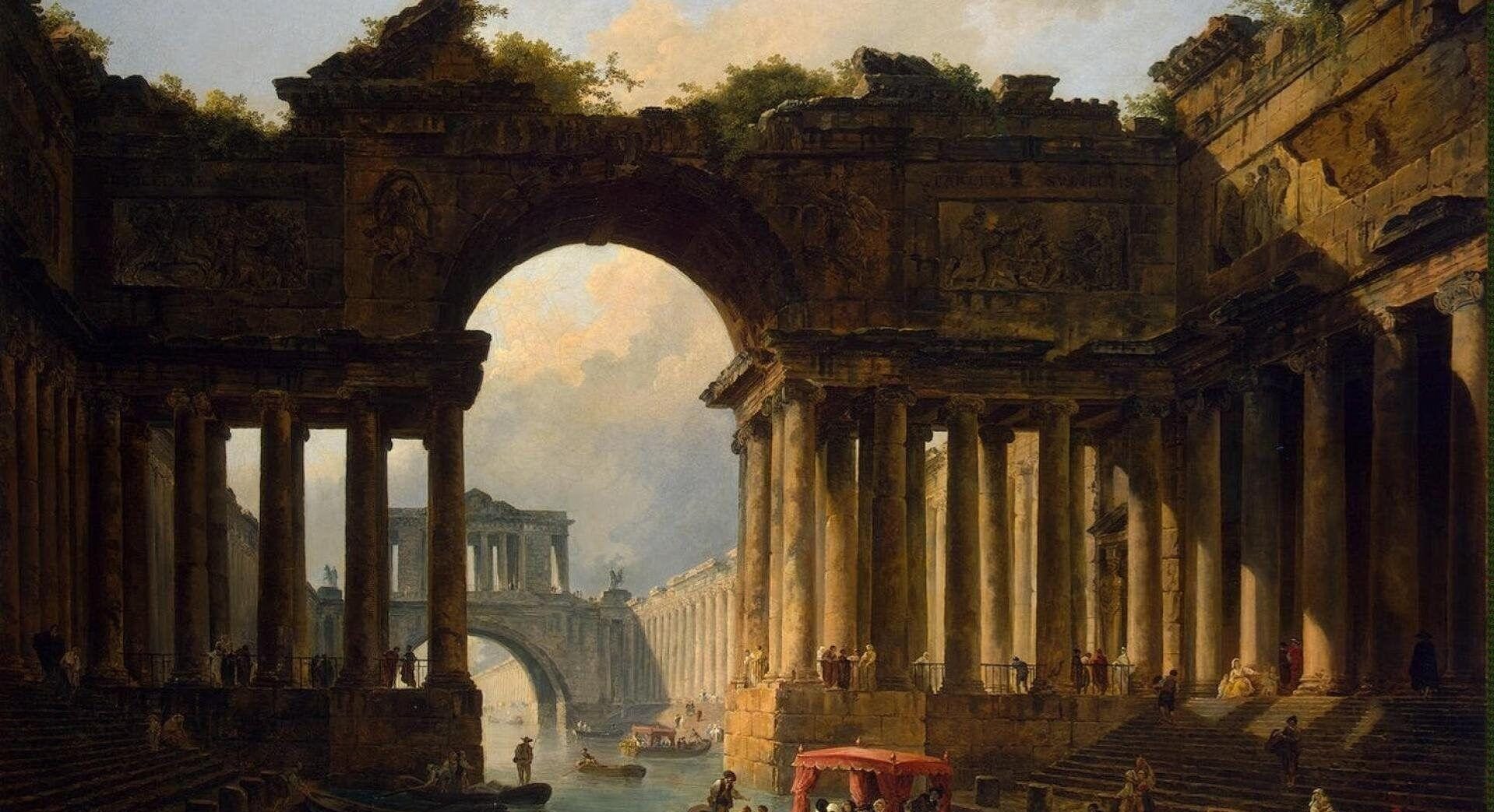In the beginning there was only a void, a mass of emptiness, Chaos(Greek:χάος), an unfathomable space, a gaping vacuum, before even the beginning of time itself.
In Hesiod’s Theogony1 it is suggested that Chaos was located below the Earth but above Tartarus(the pit).
From Chaos sprang some of the earliest known primordial gods, including Erebus(Darkness), Nyx(Night), Gaia(Earth), Tartarus(Pit), and Eros(Love)2.
From the union of Erebus and Nyx, Aether(Divine Upper Air, wind only the Gods could breathe) and Hemera(Day)3.
Though Nyx alone had many children, some of the most famous including Nemesis(Revenge and Balance), Hypnos(Sleep), Thanatos(Death), Geras(Old Age), Eris(Discord), Charon(Ferryman of the dead) and the Moirai or Fates(Destiny).
Gaia herself gave birth to several children, most of which were the representations of Earth’s natural features. Her offsprings included Uranus(Sky), Pontus(Sea) and Ourea(Mountain).
From that she and Uranus had several children. That included the Hecatoncheires (the Hundred-Handed), Cottus, Briareus and Gyges. However due to their unappealing appearance, they were thrown into the depths of Tartarus. This unpleasant ordeal was also experienced by the Elder Cyclops(master craftsmen).
Finally, Gaia gave birth to the 12 Titans.
The Titans were giant, immortal beings and the generation of Gods before the Olympian Gods. Though unlike their siblings they weren’t thrown to the depths of the Earth like Uranus. There were six sons, Oceanus, Coeus, Crius, Hyperion, Iapetus and Kronus(also called Cronus) and six daughters, Theia, Rhea, Themis, Mnemosyne, Phoebe and Tethys.
Despite all this, Gaia herself was troubled by her relationship with her husband and in the end, she had her children, the Titans to kill him. Kronos, the youngest yet the slyest, took upon the job. He was given the Scythe by his mother, and when Uranus next came to lay with Gaia, Kronos slices him into pieces. Some of those pieces fell into the sea and some onto land.
Although, as he died, he cursed Kronos. He voiced that since Kronos killed his own father and overthrew him, his children would do the same thing to him someday.
This left Kronos feeling paranoid despite his victory over his father4.
1Hesiod’s Theogony
Derived from the word ‘theogonia’ meaning ‘birth’ or ‘generations of gods’. this epic poem was written around c. 730–700 BC, and described how the universe was created as well as the lineage and connections of titans, gods, monsters, nymphs, dryads, demigods and everything else.
2Eros, Offspring of Chaos or Aphrodite?
Throughout history, Eros has been controversial. Some records suggest he was sprang from the void, Chaos, however others contradict that he was born from the union of Ares and Aphrodite. However in both versions he is the God of Love.
3Hemera and Nyx:
Hemera was the personification of Day and the daughter of Nyx, who was the personification of Night. Together they lived a balanced life, where Hemera was present for half the day while Nyx for the other half. They lived in an endless cycle of Day and Night. Though they are different from Hyperion and Selene who were the Titans of the Sun and Moon respectively, similar to Apollo and Artemis.
4Uranus’ Children
When Kronos cut Uranus into pieces, they landed in different areas, some in the sea and some on land. Here they mingled with the Earth which is Gaia, which gave birth to several different creatures. From the land the Giants, the Erinyes (the Furies of the underworld) and the Meliae (the ash-tree nymphs) were born. From the sea, Aphrodite was born.
